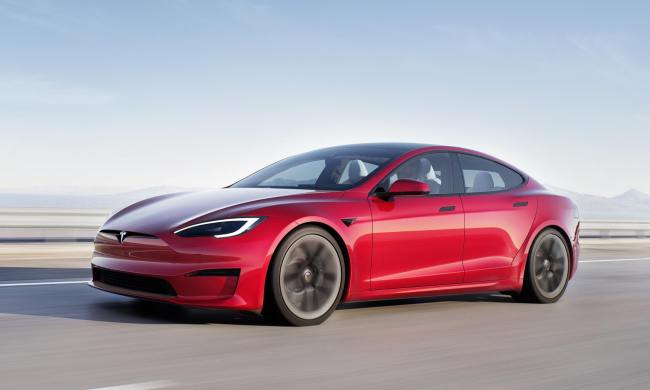
It used the conference to unveil Parker, the processor used in the Drive PX 2 platform unveiled at CES earlier this year. Two Parker processors are used in the Drive PX 2, which is already being used by 80 carmakers, Tier 1 suppliers, and university research centers for development of autonomous cars, according to a Nvidia blog post detailing the processor.
The Parker processor is part of a scalable architecture, allowing carmakers to use just one processor as part of a stand-alone system, or upgrade to the full Drive PX 2 setup. The system is capable of hosting multiple functions, including infotainment, digital instrument clusters, and driver assistance functions. Self-driving cars with Parker processors can also receive updates from the cloud, letting engineers deploy tweaks to the algorithms that control them more easily.
Read more: Ford promises self-driving car by 2021
The processor uses a new 256-core Pascal GPU, which Nvidia says provides the performance needed to run “advanced deep learning inference algorithms” for self-driving cars, as well as the graphics capabilities for in-vehicle displays such as digital instrument clusters and center-stack screens. Nvidia claims the complete Drive PX 2 system with two Parker processors can run up to 24 trillion deep learning operations per second.
Nvidia already has plans with Volvo to deploy the Drive PX 2 platform in the Swedish carmaker’s autonomous test vehicles. The Nvidia hardware will be used in 100 automated XC90 SUVs, which will be tested on designated public roads in Gothenburg, Sweden, as part of Volvo’s ongoing “Drive Me” autonomous-car development program.
Drive PX 2 will also be used in the autonomous race cars being developed for Roborace. The series is an offshoot of the Formula E race series for electric cars, and will be the first based around autonomous vehicles. Roborace released renderings of a radical robotic race car earlier this year, and has been testing a prototype over the past few months. It hopes to race the finished car in conjunction with the 2016-17 Formula E season.



